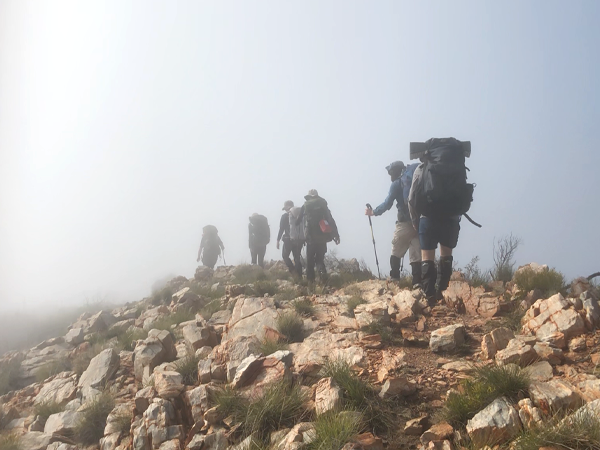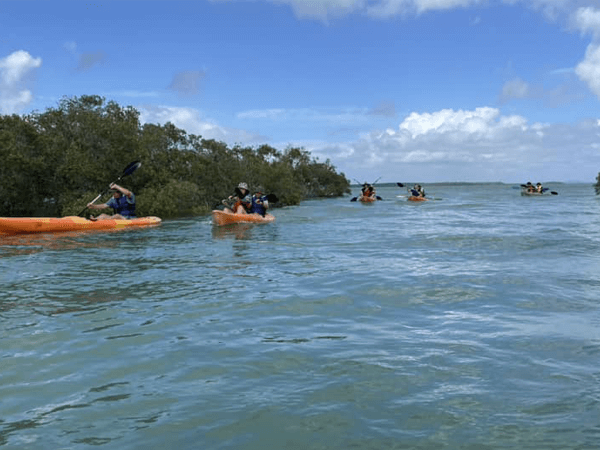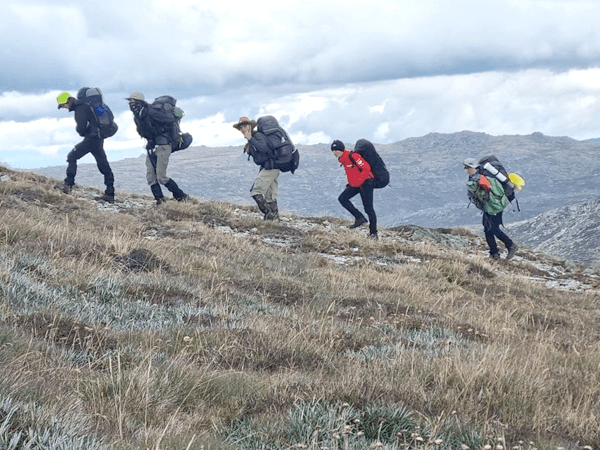Sustainable Development Goals
SDG15 – Life On Land
![]()
We depend on land – just as much as oceans – for a heathy existence. Through this goal we aim to protect, restore and promote sustainable use of terrestrial ecosystems, sustainably manage forests, combat desertification, and halt and reverse land degradation and halt biodiversity loss.
Terrestrial ecosystems provide a series of goods, raw materials for construction and energy, food and a series of ecosystem services including the capture of carbon, maintenance of soil quality, provision of habitat for biodiversity, maintenance of water quality, as well as regulation of water flow and erosion control, therefore contributing to reduce the risks of natural disasters such as floods and landslides, regulate climate and maintain the productivity of agricultural systems. Maintaining those ecosystems greatly support climate change mitigation and adaptation efforts (UNEP).
Plant life provides 80 percent of the human diet, and we rely on agriculture as an important economic resources. Forests cover 30 percent of the Earth’s surface, provide vital habitats for millions of species, and important sources for clean air and water, as well as being crucial for combating climate change. Every year, 13 million hectares of forests are lost, while the persistent degradation of drylands has led to the desertification of 3.6 billion hectares, disproportionately affecting poor communities.
While 15 percent of land is protected, biodiversity is still at risk. Nearly 7,000 species of animals and plants have been illegally traded. Wildlife trafficking not only erodes biodiversity, but creates insecurity, fuels conflict, and feeds corruption. Urgent action must be taken to reduce the loss of natural habitats and biodiversity which are part of our common heritage and support global food and water security, climate change mitigation and adaptation, and peace and security (UNDP).

Examples in action
National Tree Day is another annual event in support of improved habitat and carbon sequestration through tree planting. Around the same time each year, some Scouts in Victoria also join the Regent Honeyeater Project, restoring box-ironbark habitat for this critically endangered species. Learn more about these projects and what Scouts have previously achieved through these articles published in Scouts Victoria’s Australian Scout Magazine.
Learn more and take action
- WOSM’s Scouts For SDGs page: Life On Land (WOSM)
- Scouting Ireland’s 17days17sdgs campaign: Life On Land (SI)
Partnership Programs
Through local projects and clean up days, Scouts have been partnering with Clean Up Australia and Landcare for over thirty years. In addition to getting involved with your community and supporting a healthy environment, you can earn hours towards your Landcare badge or other areas of personal progression.
Do you know all the species around your Scout hall, or even your home – the plants, animals, insects, fungi?
![]()
When we think of nature and the outdoors, so often we think of camping or big adventures, though we are surrounded by it everyday. Even in the most urban environment, we have insects, birds, plants and other living things living beside us – how much do you know about the ones that are around your Scout Hall? With so many apps to help you identify them, and local environment groups to advise you, why not build a deeper appreciation for the world around you.
Scouts Australia’s youth program team have started developing ideas for how you might engage with each of the Sustainable Development Goals. This card challenges you to contribute to our global goal of Life On Land through exploring the environment around you. Every small part counts as we work towards these goals!
Share your efforts
Now that you’ve taken action, share it to inspire others. If you post to social media, please tag Scouts Australia and include the hashtags #Scouts4SDGs #ScoutsAustralia #SDG15 #LifeOnLand, and then head over to scout.org to register your project: https://www.scout.org/node/add/project




